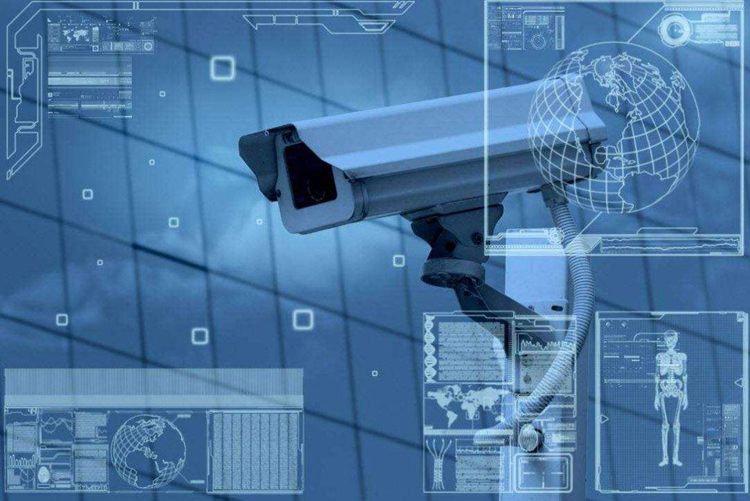Knowledge of security monitoring
Security monitoring is becoming more and more common in our life, and people’s demand for security monitoring is also rising. We will make a detailed introduction to security monitoring.
Basic structure of the system
Video monitoring system is generally composed of four main parts: front-end, transmission, control and display recording. The front-end part includes one or more cameras and lens, PTZ, protective cover, decoding driver, etc.; the transmission part includes cable and / or optical cable, and possible wired / wireless signal modulation and demodulation equipment, etc.; the control part mainly includes video switcher, PTZ lens controller, operation keyboard, type control communication interface, power supply and supporting console , monitor cabinet, etc.; display and recording equipment mainly includes monitors, video recorders, multi screen dividers, etc.
Equipment selection of each part of the system
The front-end equipment can be a separate combined camera or an integrated camera. The transmission equipment can be ordinary cable, optical modulation and demodulation equipment with optical fiber, or microwave open circuit transmission equipment. The display equipment can be ordinary television, professional monitor, display and / or other equipment such as projector, combined large screen, etc.; the recording equipment can be ordinary video recorder, long-time delay video recorder, digital recording equipment such as digital hard disk video recording equipment, as well as multi screen divider and large screen controller that may be configured.
Control
According to the system scale, an independent video monitoring room can be set up, or a joint monitoring room can be set up together with other systems, in which the central control equipment is placed, and a duty place is provided for the personnel on duty. The operation control and functional operation of the video monitoring system shall be carried out on the console. The system shall be able to operate manually or automatically to remotely control various actions of camera, pan tilt, lens and protective cover. And it can switch manually or program automatically, and display all video input signals on the designated monitor in a fixed or sequential manner.
Signal transmission
The signal can be transmitted by wire or wireless medium, modulation and demodulation, etc., and by special line or public communication network. The signal transmission shall ensure the image quality and the accuracy of the control signal (response in time and prevent misoperation).
Image display
The system shall be able to clearly display the images collected by the camera. That is to say, the resolution of display equipment shall not be lower than the overall requirements of system image quality level.
Video signal processing and recording / playback
Video mobile alarm and video signal loss alarm function can add necessary facilities according to the user’s use requirements. According to the needs, image and sound recording system is used to store the following video signals and on-site sound celebrations: a) image signals and sound signals of the scene where the event occurred and the whole process; b) image signals and sound signals when the alarm occurs at a predetermined location; c) dynamic on-site information that the user needs to hold.
Power Supply
Power supply scope the power supply scope of video security monitoring system includes all equipment and auxiliary lighting equipment of the system. Supply mode of front-end equipment power supply of front-end equipment (excluding auxiliary lighting device) shall be reasonably configured and centralized power supply mode shall be adopted. Auxiliary lighting power requirements
If you need any lens consultant, please contact us


